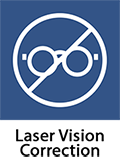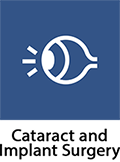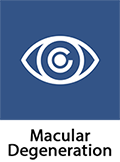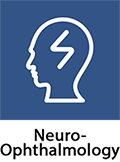
|
|||||||
Patients appreciate that we are a “one-stop shop” for all types of eye care related services including the following: |
 |
 |
 |
 |
 |
 |
 |
 |
 |
Dr. Robert Warshawsky, Dr. Neal Sher, Dr. Shobana Murali, Dr. Trond Stockenstrom and Dr. Dinesh Goyal are experts in laser vision correction and refractive surgery. Patients who have never had laser vision correction and those who may need enhancements/touch-ups from prior refractive surgery can all benefit. Each of these doctors who perform laser vision correction have more than a decade of experience helping patients to eliminate or reduce their need for contacts or eyeglasses. |
Fall is a great time for laser vision correction |
|
|
There are many ways to treat presbyopia
The definition of presbyopia is when your eyes gradually lose the ability to see things clearly up close. This condition is a normal part of aging, and in fact the Greek word “presbyopia” means “old eye”. Many people notice the symptoms of presbyopia shortly after turning 40; one of the most common symptoms is that people need to hold reading materials farther away in order to see them clearly. There is no way to stop or reverse the normal aging process that causes presbyopia. Presbyopia treatments: 1. Reading glasses When presbyopia is the only vision problem (no nearsightedness, farsightedness or astigmatism), glasses may be the only solution that is necessary. Reading glasses help correct close-up vision problems because they bend light before it enters the eye. 2. Bifocals, trifocals or progressive lenses People who already wear eyeglasses for other vision problems may need to move to bifocals, trifocals or progressive lenses.
|
|
Study suggests education causes myopia
For more than a century various studies have linked education with myopia. However, until now researchers have not been able to shed light on whether one causes the other or if a third factor is responsible. Various prospective trials have shown that the risk of myopia is reduced by the amount of time spent outdoors. The study has been difficult to conduct. One reason is because researchers have not been able to rule out the hypotheses that being myopic actually stimulates people to spend more time studying. They also have not been able to determine whether a factor such as intelligence or higher socioeconomic status could do two things; cause myopia and lead people to spend more time studying. |
|

 Fall is a season when Minnesotans remain very active due to the more temperate weather. Bike riding, golfing and hiking are popular activities in the autumn months. All these activities are enhanced for people who don’t have to worry about glasses or contacts.
Fall is a season when Minnesotans remain very active due to the more temperate weather. Bike riding, golfing and hiking are popular activities in the autumn months. All these activities are enhanced for people who don’t have to worry about glasses or contacts. What is Presbyopia?
What is Presbyopia? According to researchers at the University of Bristol, UK, the more educated a person is, the more myopic they are likely to become.
According to researchers at the University of Bristol, UK, the more educated a person is, the more myopic they are likely to become.